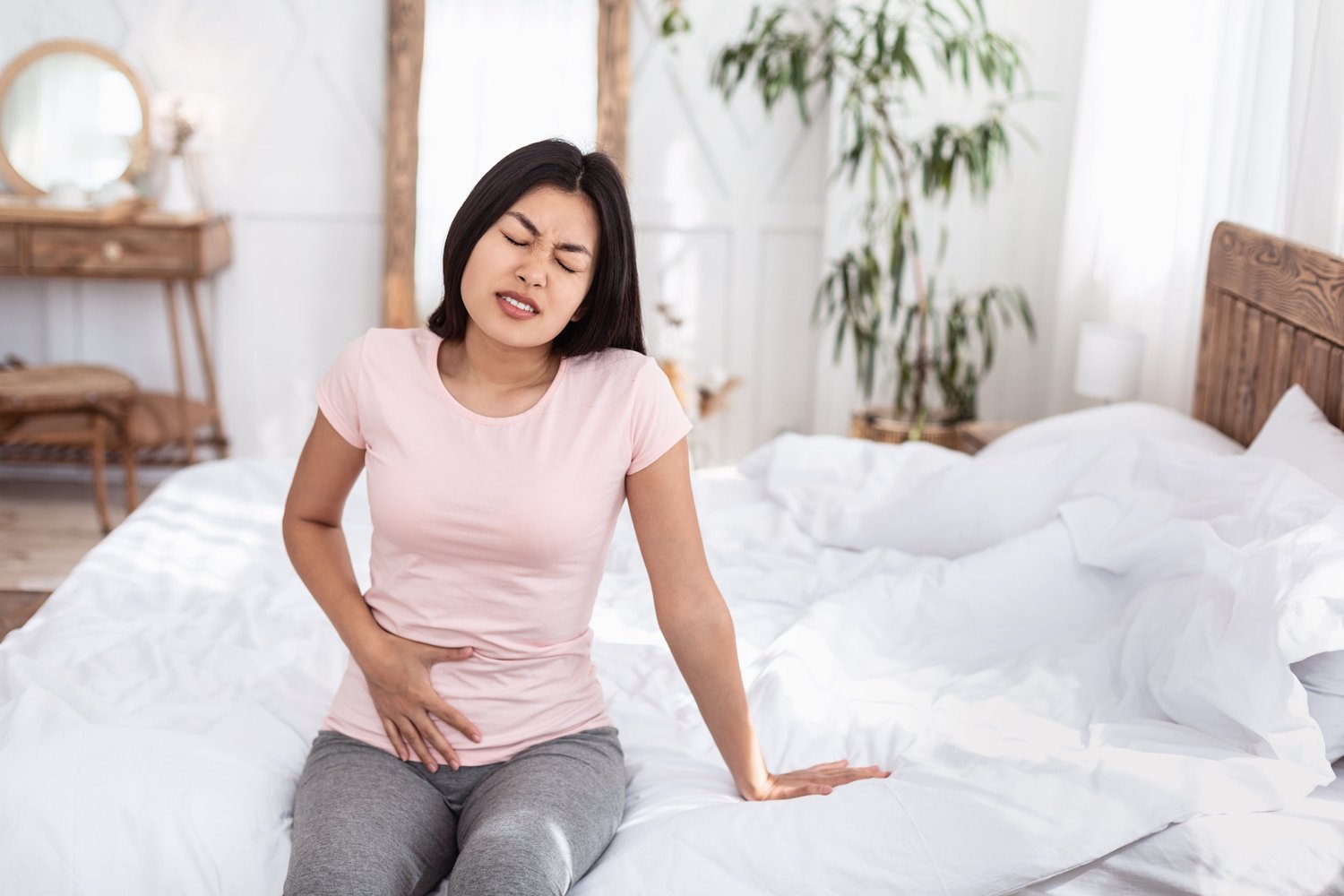The pandemic has been hard on people in a myriad of ways. A number of the lifestyle changes we adopted because of the coronavirus put extra stress on our pelvic floor muscles, and for many this added pressure led to pain, discomfort or dysfunction.
The Pandemic And Our Pelvic Health
As we mentioned in the intro, a number of the precautions we made to help stop the spread of the COVID-19 pandemic actually put additional stress on our pelvic floor muscles. These muscles help support our internal organs, regulate urination and bowel movements and play critical roles in our posture and during sex. These muscles ended up taking on additional stress during the pandemic for a number of reasons, including:
-
More Time Sitting – Sitting puts stress on your pelvic floor muscles, and many people couldn’t be as active as a result of COVID-19 restrictions, which means a lot of us spent more time on our bottoms. Extended seated sessions can lead to tight pelvic floor muscles, which can lead to pain or dysfunction.
-
Added Stress – You may not realize it, but stress can actually take a physical toll on your body. When you’re stressed, your muscles are more likely to be tense, and that can become uncomfortable if they are in a tensed position for longer periods. Needless to say, most of us experienced an uptick in stress as we all worked to navigate the pandemic.
-
Less Exercise – With gyms closed and recreational departments postponing athletic seasons, a lot of people didn’t get the regular exercise that helps to develop and maintain your pelvic floor health. This loss of normal physical activity may have led to underdeveloped pelvic floor muscles.
We take the time to get to know each of our patients and the physical challenges they are facing so that we can completely help them overcome the issue. We use our pelvic floor muscles for a number of important tasks, so don’t put off treatment if something just doesn’t feel right. Connect with our team, see if the pandemic or other lifestyle changes have contributed to your pain, and let us find ways to strengthen and improve your pelvic floor health.

